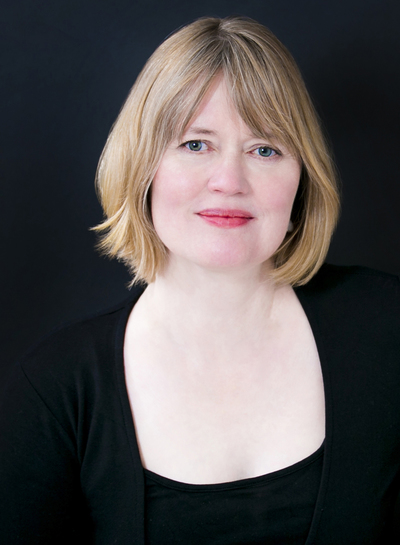Writing a novel means walking in your characters’ shoes: feeling their pain, celebrating their joys, sharing their fears and anxieties. In Therese Beharrie’s And They Lived Happily Ever After, romance novelist Gaia Anders takes this maxim to a whole new level. Every night, the pages she’s written during the day come to life in her dreams. Gaia is her heroine—speaking each line of dialogue, experiencing every encounter, even feeling every kiss. On a practical level, she uses this ability as a writing tool. There’s nothing like living out a scene’s worth of dialogue to hear if it sounds stilted or unnatural. On an emotional level, it allows her to deal with her very real loneliness and isolation in a version of the world that she can control, one where she knows exactly what everyone will say and do and no one can hurt her with an unscripted word or deed. It’s a world that lets her live both wildly and safely at once. Until everything changes.
Jacob Scott is Gaia’s best friend’s little brother. So maybe it’s not surprising that they reconnect for the first time in years at a party in Jacob’s brother’s apartment. It is a little surprising that they run into each other because they’re both hiding in the same bedroom though. Jacob doesn’t want his brother to scold him for being a workaholic. Gaia doesn’t want her friend to scold her for giving in to her pervasive social anxiety and avoiding the party. But Jacob doesn’t make her anxious. In fact, they quickly get very close to being physically intimate. An interruption derails their encounter, but it can’t wipe the desire from Gaia’s mind, so when she goes home and starts a new story, it has a very familiar-looking hero. The only problem is that when Jacob shows up in her dream that night, he doesn’t stick to the script. Gaia is still living out her writing in her dreams, but she’s not the only real person there anymore. The daytime world has intruded in the form of a man she can’t resist, and now can’t avoid.
Therese Beharrie digs deeper into the multilayered magic of her latest romance.
There’s something wondrous about stories that take the ordinary world and add in something unexplained, something marvelous or frightening or bizarre (or, best yet, all at once). Gaia’s dreams feel truly magical, but Beharrie also shows how real life moves on alongside them. Gaia’s ability is incredible, but it doesn’t solve all her problems. It makes some things easier, some things harder and a lot of things more complicated. Because no matter how well things go in her dreams, where she has all the control, in the morning she has to wake up and face real life—where interacting with strangers scares her, she has hardly anyone she’d consider a friend and she grapples every day with a former foster child’s sense that there’s nowhere she belongs and no one she can count on. It’s little wonder that she prefers her dreams.
And yet, at the end of the day, life is real and vivid and shockingly intense. The magic of the story comes from Gaia learning to choose that real, scary, vivid life over the safety of her imagination. In Beharrie’s wonderful romance, real love is even better than magic.






























